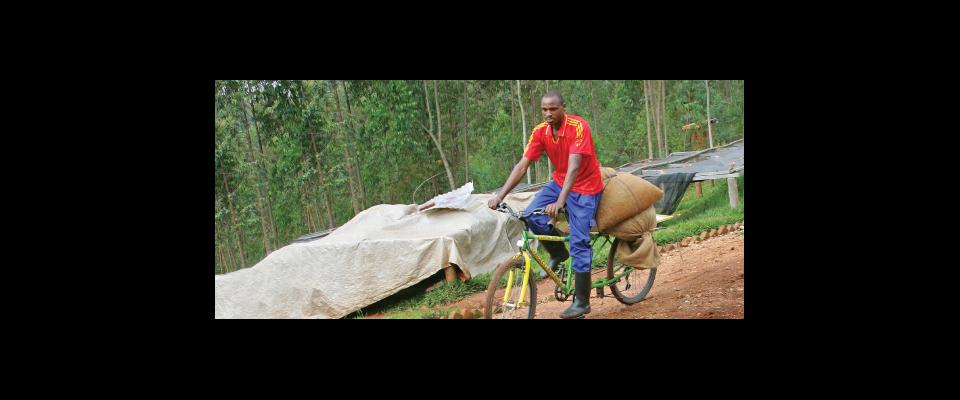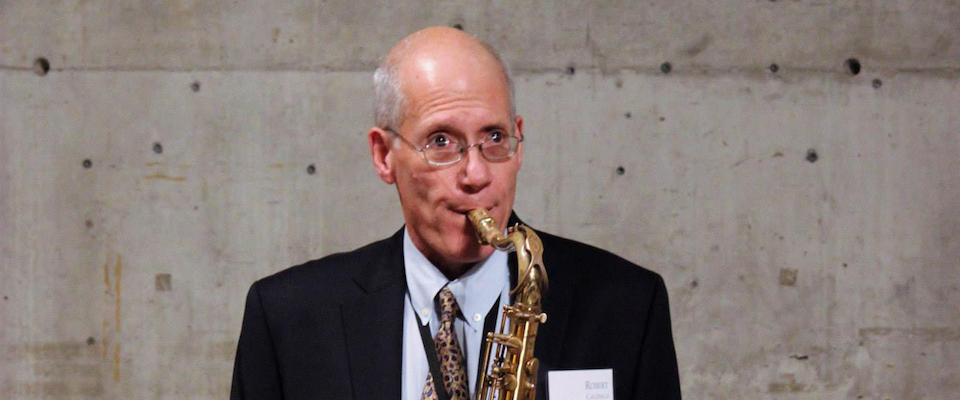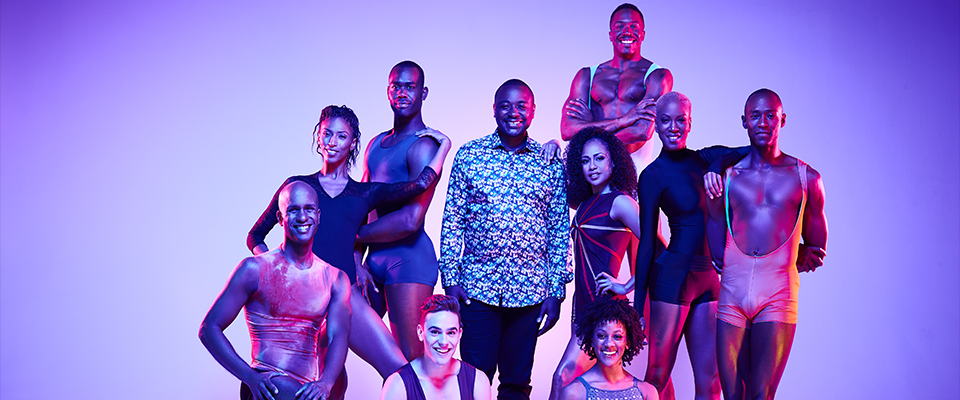1. You spent much of your professional life in Oregon and Washington, what inspired you to move to California and UC Berkeley?
I was certainly drawn by the name and the reputation, but also the health of the program, and the fact that the last four directors were here for many years, really their entire careers. Within this kind of profession, that speaks loudly. There’s a lot of support and a lot of opportunity here, and at a certain point it became clear to me that this was the way to go.
2. You’re the director of the Cal Band, but as a student-managed organization, much of the legwork falls to the students. What part of your role lies in leadership, and what part is supporting the students to lead themselves?
I consider myself an enabler. I would say that 90% of the day-to-day minutiae is organized and executed by the students. We have a new executive committee every year, and I’m essentially the year-to-year person who remembers how things go, and who to contact, and that sort of thing. The students do all the teaching, so during rehearsals they’ll be all over the field. It’s really quite inspiring to watch—from the outside it must look like chaos—but it’s really well-organized and executed.
3. You mention on the band website that for the most part the band is made up of people who are not music majors. What attracts those students the band and what skills are they gaining that they will take with them in post-academic life?
As far as I’m aware that is the case in most marching bands around the country, and I think what attracts them is that innate part of being human—the rhythm, the drive, the way you feel when you play your instrument. You enter this state of flow where you sort of expand beyond your skin and you become part of this big group.
It teaches something, and this is not my idea but I have forgotten the author’s name, called ‘inspired followership.’ If you want to have really good leaders then you have to have really good followers and you have to develop followership. Good followers can recognize a good leader and conduct themselves in a way that supports the leader. When people see ‘Cal Band’ on a resume, they should take note of that. Because it means that not only are they going to be great leaders, but that they can work in and among a team.
4. You’ve been a visible advocate for the importance of music education, including co-founding the Beaverton Friends of Music in Oregon. Can you talk a bit more about that?
The research shows if you have limited funds and you want to serve the most number of students, having music programs is one of, if not the best way to do it. It activates and uses more sections of the brain than almost any other activity. And they have yet to discover any culture living or dead anywhere on earth that did not have music. It’s innate to us as a species, and to make it an option only for rich districts, or a special privilege, is in many ways denying a big part of what it means to be a human being. That’s my soapbox!
5. There’s a lot of conversation currently about the role of the audience and how arts organizations can better serve and engage with broader communities. What does that look like from a perspective of band programming?
In terms of the Cal Band, we fill a very unique role that is definitely tilted towards the entertainment side of performance. We’re there to rally the crowd and get people excited and rekindle their enthusiasm for Cal. We do try to consider all ages of alumni: a Beatles show is going to go over great with a certain demographic, while Bruno Mars will be relevant to a younger crowd.
As far as the wind ensemble programming, I’m finding that nothing replaces live performance. People worry that if you livestream everything then no one’s going to come to the concerts. But, actually, tuning in at home makes you wish you were there. People can watch baseball and professional sports on television for free, but they’ll still spend a lot of money and a lot of time attending live sporting events—and I think that music ensembles and orchestras can learn a lot from that.





















